Pope Francis swarmed by nuns – what a spectacle that must have been. And to think we were there when it was all going on and saw said same nuns going back inside after having been let out for a day to meet their boss. But we’d just arrived in Naples and hadn’t a clue what was going on. If I’d known, I’d have grabbed the chance to have a chat with the ladies in black, just to see what life was like far removed from the outside world. I’d have asked whether that same world was everything it was cracked up to be, now that they’d caught a glimpse of it again. I was having flashbacks to way back when I thought I might have had a calling. And then I met a chap who drove a Kawasaki 650… I wonder what Mr Kettle is doing now…
We went back the next day to have a peak into the Chiesa di Santa Chiara, the scene of the swarming. It’s a stunningly gorgeous basilica, founded in 1310 by a chap with an intriguing name – Robert the Wise. His wife became a nun and his granddaughter was murdered – that would breed wisdom in anyone, I suppose.
The Neapolitan attitude to mass is quite amusing. There seems to be an invisible line at the back of the church. If you stand behind it, you can text, take phone calls, and chat with your neighbour. If you cross it, you have to kneel and pray. The church in Naples is truly a place of the people, for the people, and by the people.
The outer perimeters are lined with confessionals but not the standard boxes I’m used to. I saw people leaning casually with an elbow on the sill and one foot up on the step, in much the same way as they might prop up a bar. And all out in the open. Given that the priests face forward, I was struck with an image of playing poker with them. No matter the magnitude of the sin they’ve just heard, they have to keep a straight face. I’d lose a fortune in that game of seven-card stud.
One of the joys (or sorrows) of being an ill-prepared tourist is that I arrive in a city without a clue as to what to do. Especially if it’s a city that I knew little about to begin with. But I figure that if I don’t have expectations, then I’m already ahead of the game. And if I don’t have a plan, a checklist of things to see and places to eat and museums to visit, then all the better – I can take it as it comes. But what when I happen upon some place I know absolutely nothing about and all the information is in, say, Italian? And the pictures don’t help either?
Across the road from the church, in what is still part of the whole Santa Chiara complesso, are the cloisters of the Poor Clares. We had a peak through the gates but decided that the entrance fee (I loathe paying into holy places), and the litany of don’ts posted outside, weren’t worth the gamble, so we left. Don’t sit or touch the Majolica, it said. But what in the Lord’s name was a Majolica?
On the day we were leaving, we made an attempt to see the No. 1 tourist attraction in Naples, but it wasn’t open on a Tuesday (?) putting paid to the universality of Monday closing. So with time to kill, I found myself gravitating back to the Majolica. Curiosity will be the death of me, but I just had to see for myself what it was all about.
And it is amazing. Simply amazing.
The cloisters are home to about 60 pillars (Majolica) decorated quite gaudily in yellows and blues. Back in the day, when the Order of the Poor Clares was at its height, almost 600 nuns lived here.
This fourteenth-century monastic site is an oasis in a city that beats 24/7. Planted with lemon trees and wisteria, there’s a haunting silence to the grounds that begs for whispers. Strolling around the gardens, it wasn’t difficult to fancy myself in a habit, praying the rosary, wimple reflecting the light of the noon-day sun. I couldn’t get the Beatle’s song Let it Be out of my head…
When I find myself in times of trouble,
Mother Mary comes to me,
Speaking words of wisdom,
Let it be, let it be.
Cheeky of me to think I’d have come up through the ranks and made Reverend Mother… but hey, nothing like aiming high. I was disappointed that there wasn’t a nun to be seen. Perhaps the excitement of the papal visit was too much.
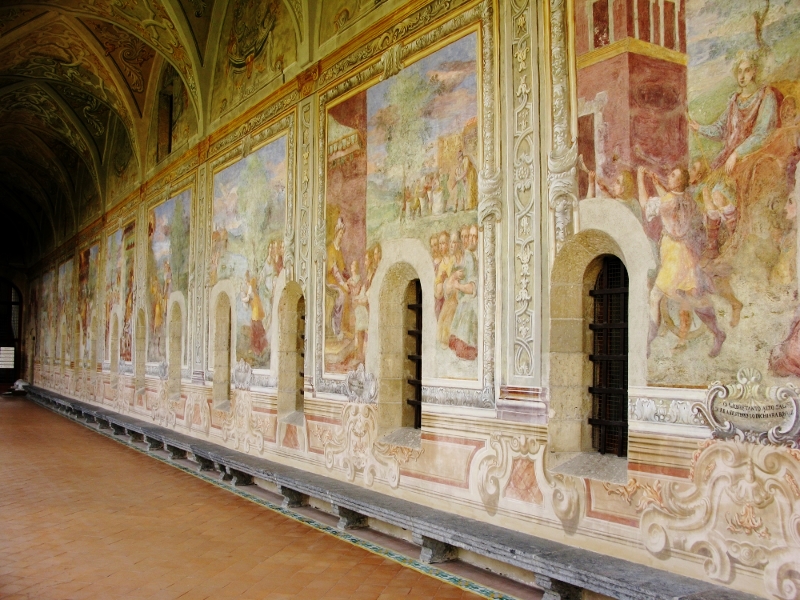
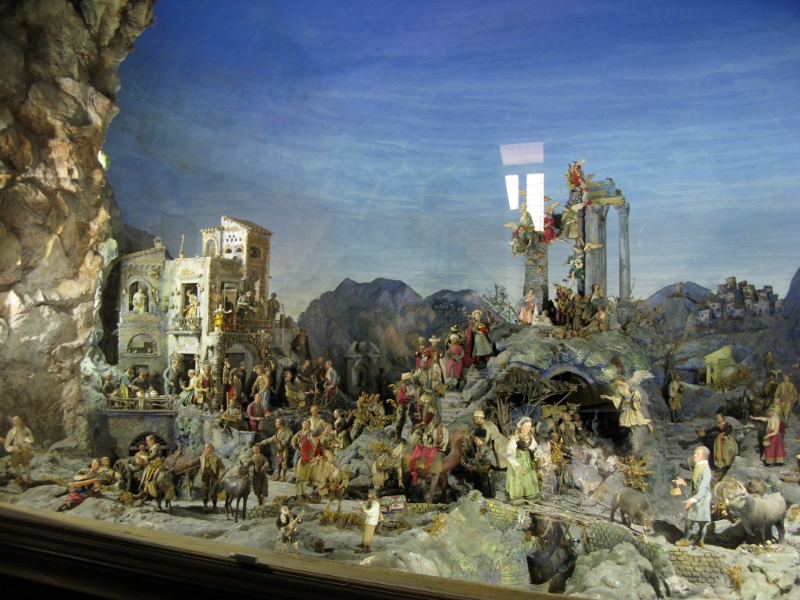
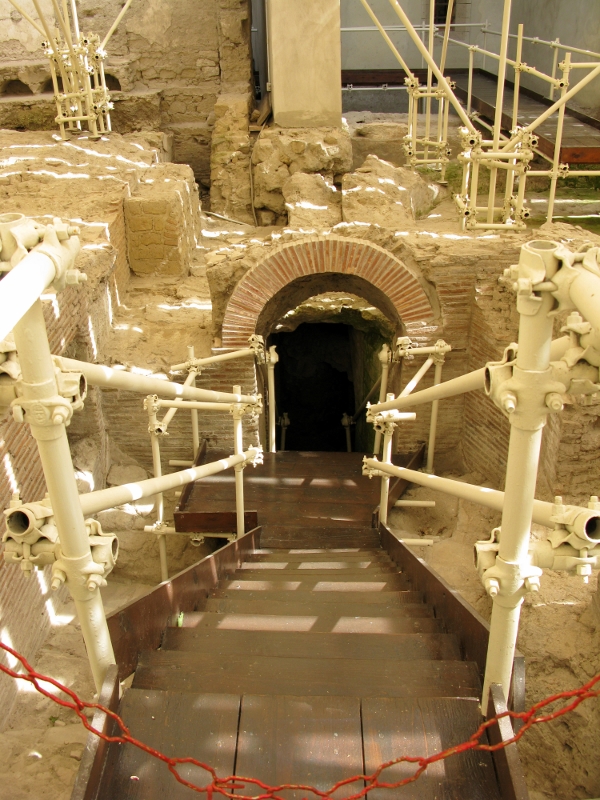 The frescoes on the four walls surrounding the cloisters are faded but still magnificent. I could have spent hours looking at the intricate detail of each of them. The nativity scene, made from paper maché, depicting eighteenth-century life in Naples is equally intricate and again, an hour wouldn’t be enough to take it all in . It is stunning.
The frescoes on the four walls surrounding the cloisters are faded but still magnificent. I could have spent hours looking at the intricate detail of each of them. The nativity scene, made from paper maché, depicting eighteenth-century life in Naples is equally intricate and again, an hour wouldn’t be enough to take it all in . It is stunning.
Excavations in the grounds have unearthed old saunas and swimming pools. If you’re into archaeology (which admittedly simply doesn’t to it for me), you’d find it fascinating. Likewise with the museum, full of reliquaries and testimonies to a life long-since lost. I found it hard to believe that I had nearly passed all of this up because I couldn’t bring myself to pay to see something that flew under the banner of religion (and my religion at that). Now I know better – and I’ve learned that majolica is ‘earthenware pottery decorated with brightly colored lead glazes best known for naturalistic/whimsical style’. And I got to reminisce of times goes by and Mr Kettle in his tatty blue jumper … them were the days.
In a week that has spanned three countries, I’m truly grateful for the second chances I give and have been given.
Share this:
- Click to share on X (Opens in new window) X
- Click to share on Facebook (Opens in new window) Facebook
- Click to share on Pinterest (Opens in new window) Pinterest
- Click to share on LinkedIn (Opens in new window) LinkedIn
- Click to share on Reddit (Opens in new window) Reddit
- Click to share on WhatsApp (Opens in new window) WhatsApp
- Click to share on Pocket (Opens in new window) Pocket
- Click to share on Telegram (Opens in new window) Telegram
- Click to email a link to a friend (Opens in new window) Email




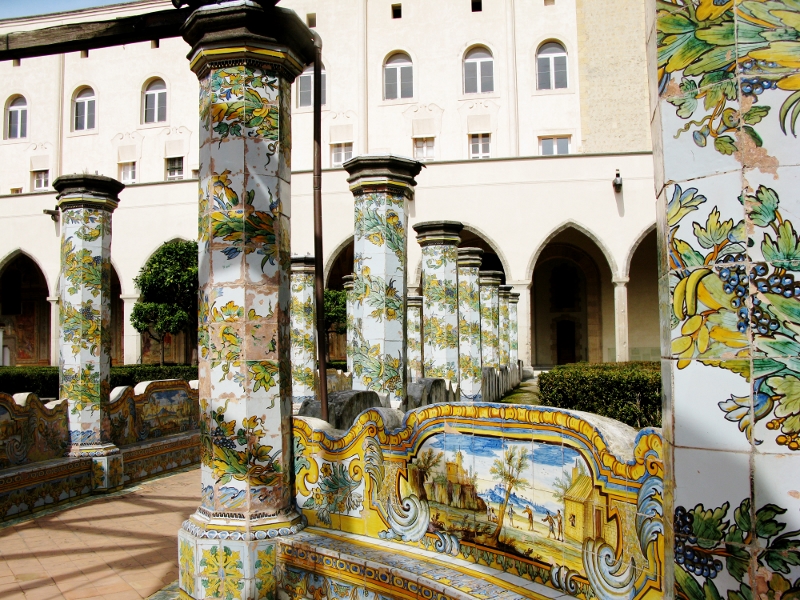


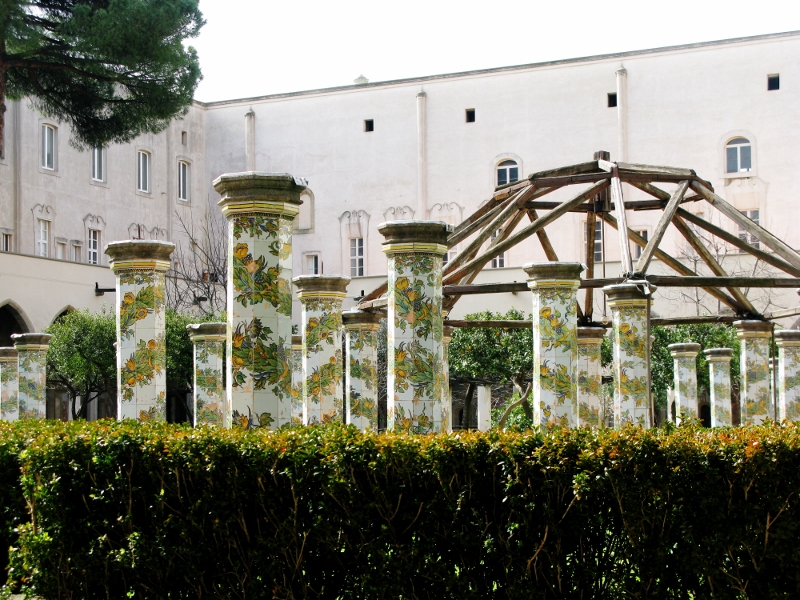
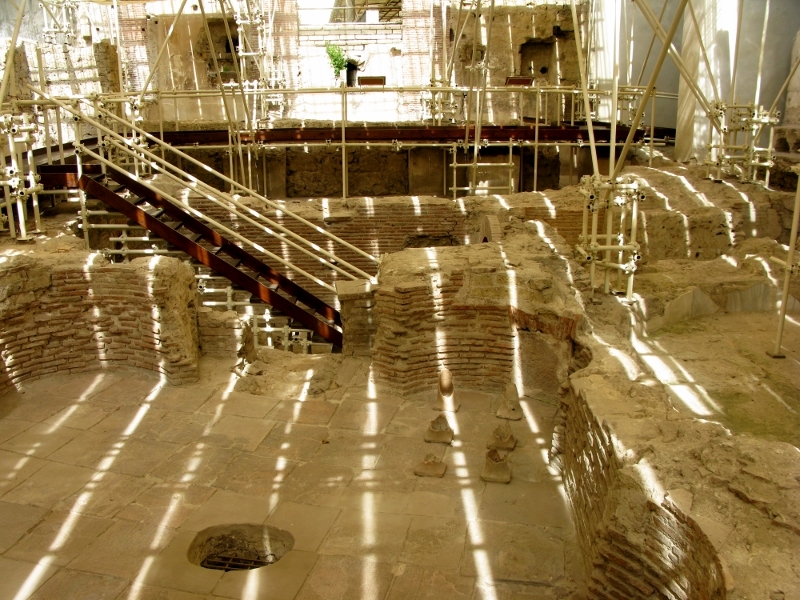

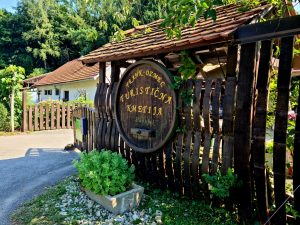



3 responses
Fascinating, truly glad you returned to that site, and were able to share it’s wonder. Thank you.
Me, too. An amazingly lovely place